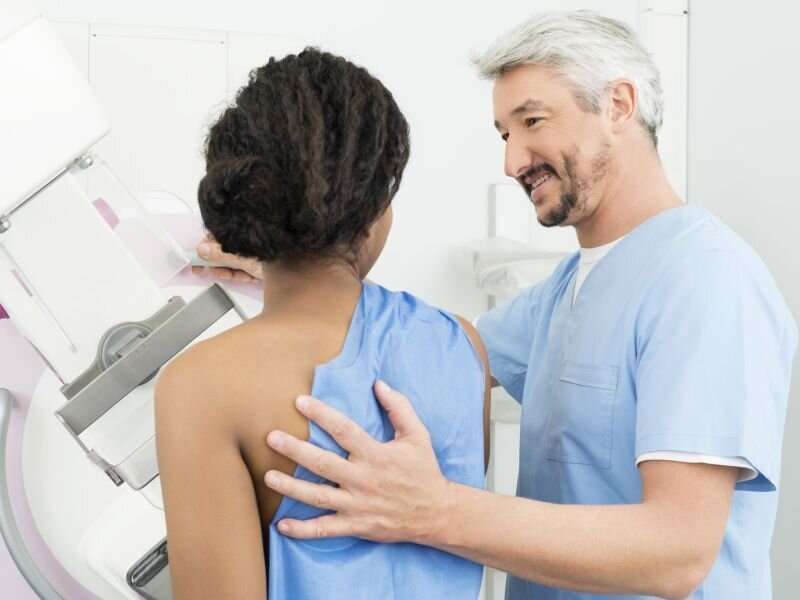This article has been reviewed according to Science X's editorial process and policies. Editors have highlighted the following attributes while ensuring the content's credibility:
fact-checked
reputable news agency
proofread
Breast pain doesn't always mean cancer: When to get a mammogram

While anyone can experience breast pain, don't panic: It's rarely cancer.
Penn State Health offers some reassurance about what might cause the pain and when it might be time to have a mammogram.
"We see a lot of patients who come looking for answers that have widespread, cyclical breast pain," said Dr. Alison Chetlen, a staff physician at Penn State Health Breast Center in Hershey, Pa.
"We usually start with reassurance, perhaps eliminating the underlying cause of the pain," she said in a Penn news release. "Sometimes it is related to their menstrual cycle or underlying hormonal fluctuations. Is it musculoskeletal? If so, perhaps medication and a warm compress will help. Something like arthritis of the rib joints also can cause pain that mimics breast pain. In such cases, the pain is not actually coming from the breasts."
Women, men and transgender people can each experience breast pain. Reasons vary.
"It's extremely rare for breast cancer to be the source of breast pain," Chetlen said. "We worry more when we have a patient present with a lump, bloody nipple discharge, or a lump under the armpit. Breast pain is typically not the initial sign of breast cancer."
Men can have breast pain in all stages of life. Typically, it's caused by gynecomastia, an increase in the amount of breast glandular tissue caused by a hormone imbalance.
"Even as boys change into men they can experience pain behind the nipple, which can be quite painful," Chetlen said. "Ninety-nine times out of 100, it is gynecomastia, which is benign."
Hormone therapy may cause breast pain for transgender women. Transgender men may have pain in native breast tissue or in tissue left behind after a breast reduction or mastectomy.
Pain that worsens over time, is localized to one area, interferes with daily activities or includes a lump, redness or warmth needs an immediate visit to your physician, Chetlen advised.
"Usually the referring physician will request a diagnostic workup," she said. "The diagnostic evaluation isn't black and white. We listen to the patient's story and tailor the diagnostic workup to the patient and their specific symptoms."
Patients who perform regular breast self-exams will be better able to help their doctor determine the source of their pain, Chetlen noted.
"Regular breast self-exams are part of understanding and being in touch with your body, so if there are any changes, you'll be the first to know," she said.
Sometimes a patient with a breast concern will say they have never looked at or felt their breasts.
"That makes determining the cause of their symptom more challenging because they aren't as in touch with their bodies as others," Chetlen explained. "It is important to get to know your body, listen to your body and be an advocate for yourself."
More information: The U.S. National Library of Medicine has more on breast pain.
Copyright © 2023 HealthDay. All rights reserved.

















